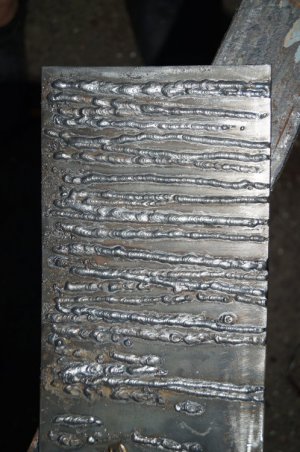https://www.facebook.com/charles.mulvihill1/videos/vb.1482033768/10204548045009410/?type=2&theater
I don't know if you will be able to see the above video of me welding with washington wire brand 3/32 6010 rods. I am using a harbor freight 200 dollar stick welder that is not rated for use with 6010 rods, it is inverter based. 1/8 inch 1020 steel.
If you can see the video, look how slowly I carefully position the rod before I start welding.
Both hands on the stinger. Rock solid stance.
I get the electrode stuck also. Most inverter welders cause this to happen with 6010 rods. In addition, washington wire electrodes and most electrodes sold in small packages at welding suppliers are not as good at striking the arc as the premium rods sold by lincoln electric. I consider hobart, washington, radnor and welding supplier house brands to be poor in quality when striking the arc.
Not all 7018 rods are the same. Some have more iron powder in the coating. Quality 7018 rods can be touching the metal as you weld and can be lightly dragged on the metal if they have enough iron in the coating. Secondly, 7018 rods do not light up well with restrikes. Slag covers the tip on 7018 rods that must be removed before restriking.
I am going to suggest that you purchase 6011 rods to learn with. They strike and maintain the arc better than 6010 and 7018's.
If you are welding left to right start the arc just to the right about a half an inch from the left side of the plate. Maintain a longish arc and bring the rod over to the left edge of the plate, lower the rod and start welding. You will be welding over your arc strike, this is standard welding practice and should be done with all smaw rods.
Think about keeping your head away from the weld, it is counter intuitive, but, you will be able to see better the farther away your head is from the weld arc. After awhile you will start to understand the puddle, you will start seeing two puddles, one is molten metal and one is molten slag. Then you will use rod angle to see the effect on the slag, more rod angle pushes the slag away from the rod. Not enough angle and the slag gets under the rod.
You will need to use up a lot of rods, many pounds, practicing before you are ready to weld a nice bead, have patience and it will come.
Hope this helps,
Chuck

